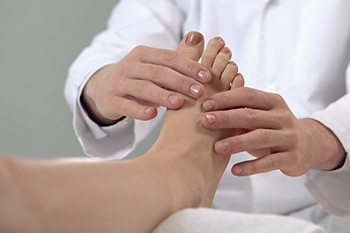
You might not think there are any differences between walking shoes and running shoes, but there are. These differences can have an effect on the quality of your workouts and the health of your feet. A good walking shoe will feature comfort and flexibility. The heel should not be flared, but rather undercut to allow a heel-to-toe rolling motion involved in the walking gait. Walking shoes offer arch support and must have more flexibility and be able to bend more than a running shoe. Running shoes are lighter and built for speed, with more cushioning needed in the forefoot and a flared, built-up heel to provide the runner’s foot stability. Before you buy new walking or running shoes, you would be wise to have your feet and gait analyzed by a chiropodist who can suggest specific features for your individual needs, foot structure, gait, or running stride.
Finding the right shoes can sometimes be a major hassle, especially if you intend to work out in them. There are shoes on the market designed specifically for running and walking, but it can be difficult to differentiate between the two and find the right shoes for you. If you’re having trouble finding the right shoes, please consult with one of the chiropodists from Complete Family Footcare & Therapy. Our clinicians can help you maintain the health of your lower limbs and your mobility.
What are the differences between running and walking shoes?
These two types of shoes vary along several parameters.
Cushioning: Runners need more cushioning in the heel and forefoot areas of the shoe, while walkers can get away with less cushioning.
Heel height: Runners need a higher heel to provide them with stability, but the ideal height of the heel for runners varies depending on their running gait. Walkers generally don’t need a built-up heel.
Heel flare: Flared heels can help provide extra stability for runners with certain gaits, while walkers may benefit from a flared heel to control the motion of their foot.
Flexibility: Both runners and walkers need shoes that are flexible.
For more information about the differences between walking and running shoes, and to figure out which shoes may be right for you, please consult with a chiropodist. Feel free to contact our offices located in . We offer the newest diagnostic and treatment technologies for all your foot care needs.
